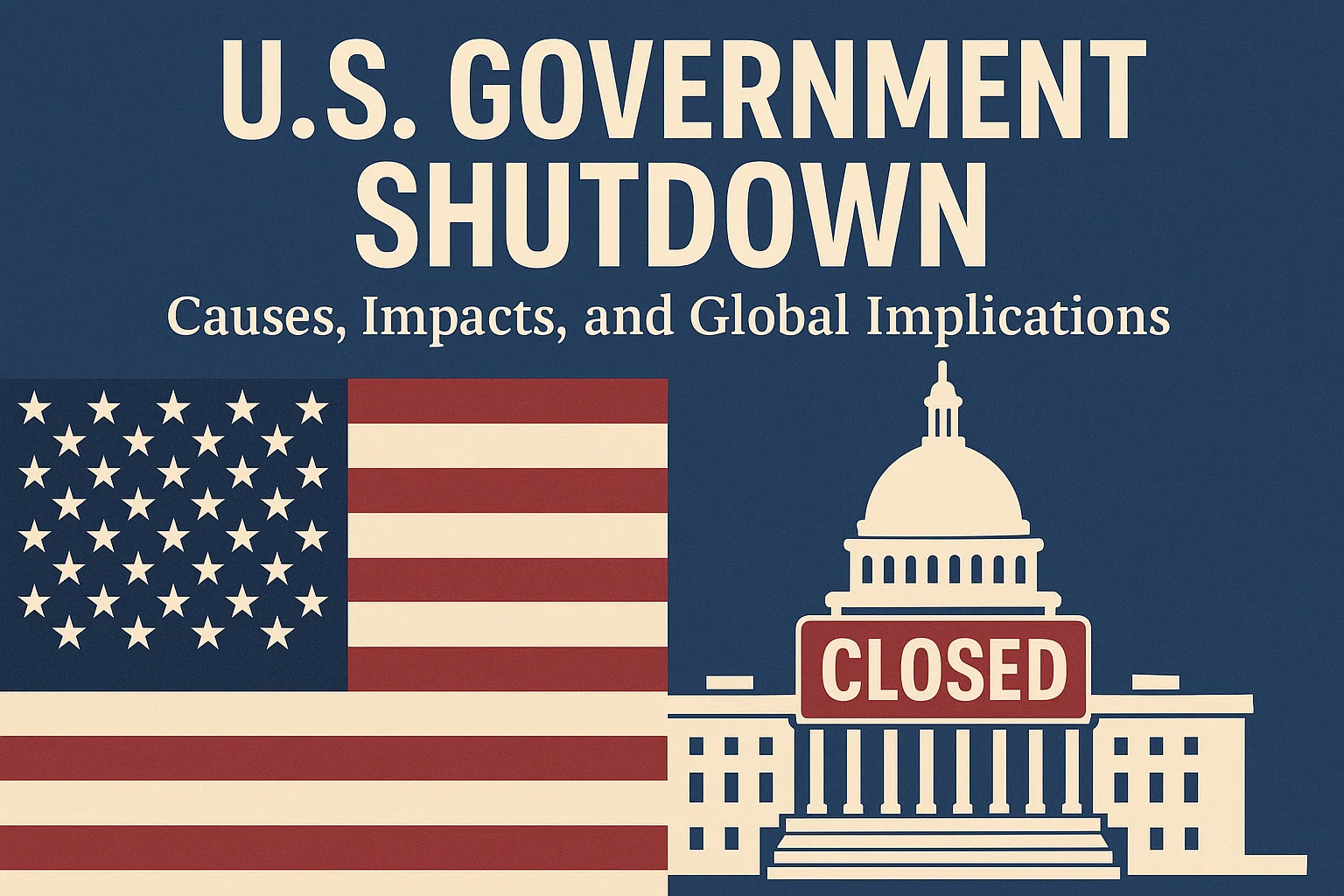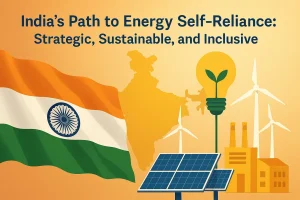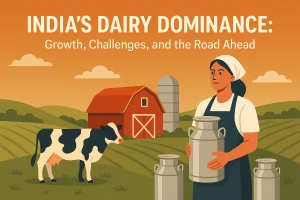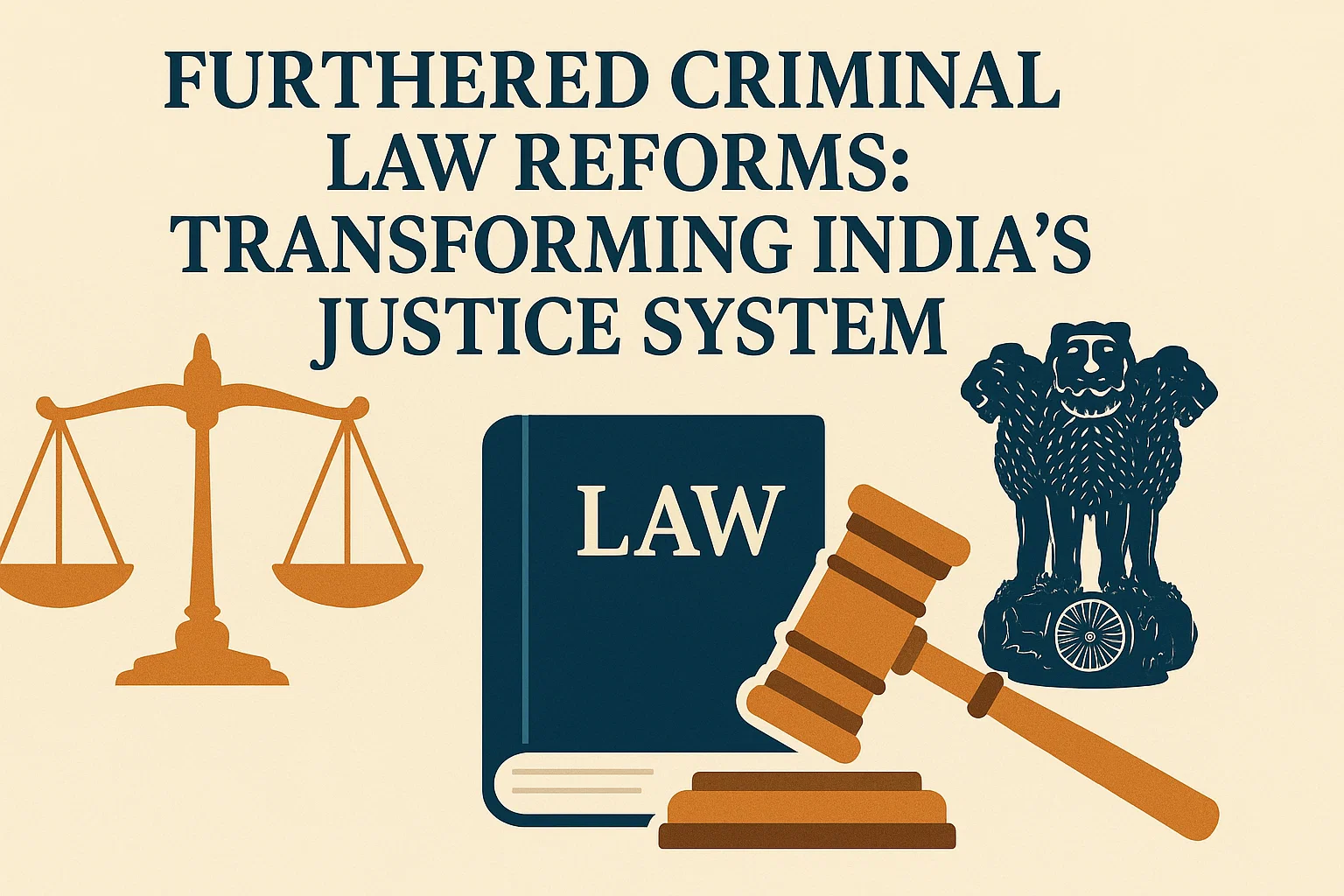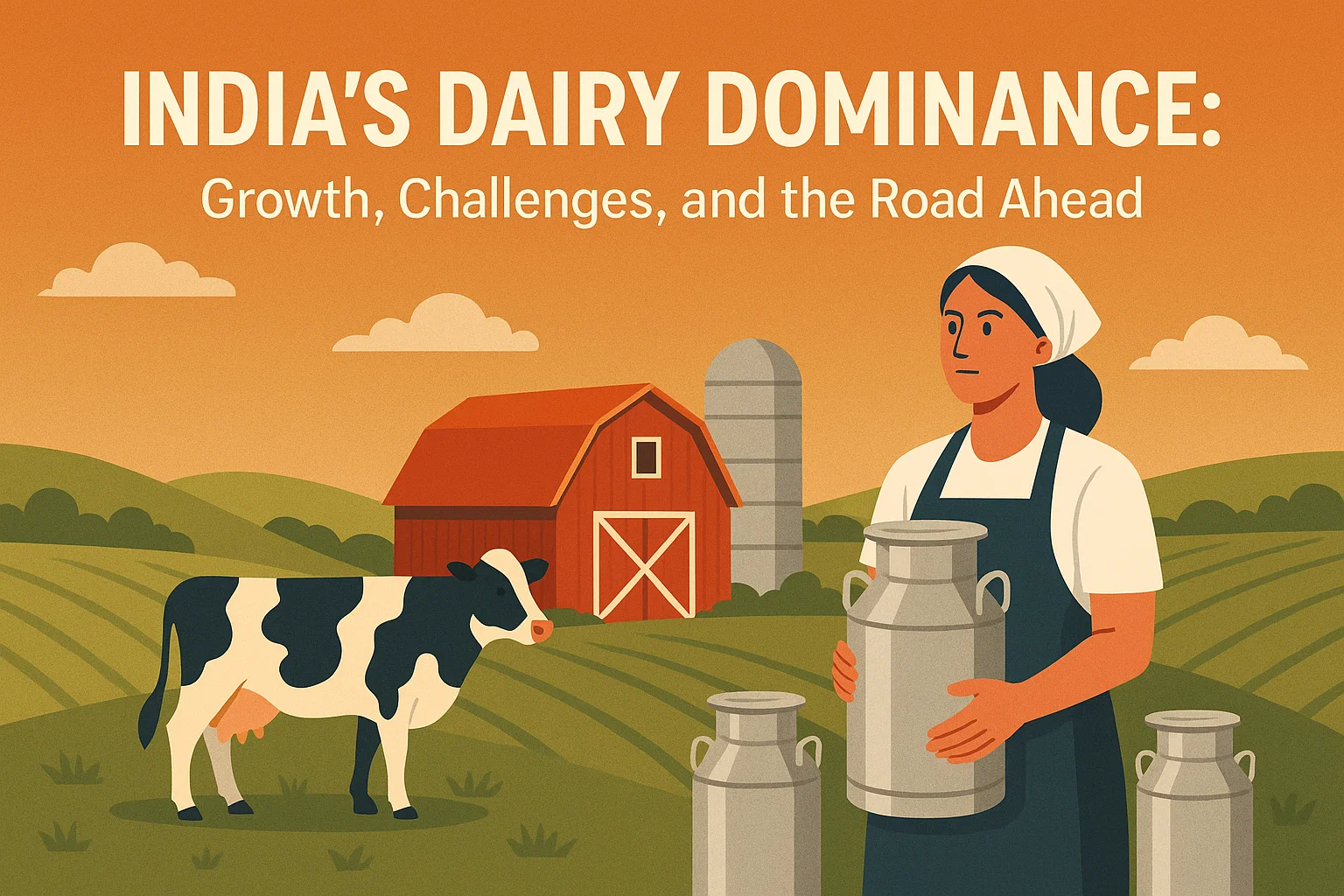U.S. Government Shutdown: Causes, Impacts, and Global Implications
Explore the U.S. government shutdown, its causes, economic and social impacts, global consequences, and how it differs from India’s parliamentary system. Understand why funding gaps disrupt federal operations and services.
Context:
The US government has shutdown with no end in sight.
What is a government shutdown in the United States?
- A government shutdown in the U.S. is a direct consequence of a failure in the budgetary process.
- It occurs when Congress fails to pass, or the President refuses to sign, one or more of the appropriations bills that fund federal government operations for the upcoming fiscal year.
- This creates a “funding gap,” forcing federal agencies to cease all non-essential functions.
- Primary Cause: The central point of contention was funding for a wall in the U.S.-Mexico border, a key campaign promise of then-President Donald Trump. Disagreements between the President (executive branch) and the Democrat-controlled House of Representatives (legislative branch) are preventing the passage of a spending bill.
- Previous Shutdowns: Since the current budget process was established in 1976, there have been 20 funding gaps, resulting in 10 distinct shutdowns of varying lengths.
- The most recent and longest government shutdown in U.S. history lasted 34 days, from December 22, 2018, to January 25, 2019.
- These are often resolved by short-term funding patches called “continuing resolutions,” which maintain spending at existing levels while negotiations for a long-term budget continue.
What are its multidimensional impacts?
A government shutdown has wide-ranging consequences across multiple dimensions:
- Governmental & Administrative:
-
-
- Furloughs: Hundreds of thousands of “non-essential” federal employees are placed on mandatory, unpaid leave.
- Essential Services: Employees deemed “essential” (e.g., military, law enforcement, air traffic controllers) must continue working, often without pay until the shutdown ends.
- Service Disruption: National parks and museums may close or operate with minimal services. Processing of permits, visas, and passports can be delayed. IRS taxpayer services and federal research projects are often halted.
-
- Economic:
-
-
- Direct Economic Drag: The shutdown directly reduces economic output due to lost productivity from furloughed workers and suspended government contracts.
- Consumer and Business Confidence: Uncertainty can dampen consumer spending and business investment.
- Delayed Pay: While furloughed and essential workers typically receive back pay, the temporary loss of income causes financial strain for individuals and their local economies.
-
- Social & Public Welfare:
-
-
- Safety Net Programs: While major programs like Social Security, Medicare, and SNAP (food stamps) continue, administrative support can be delayed. Programs without permanent funding, like WIC (nutrition for women, infants, and children), can face benefit reductions.
- Public Access: Citizens lose access to a wide range of federal services, from museum visits to application processing for various benefits.
-
- Global:
-
- Perception of Stability: Frequent shutdowns can erode international confidence in the U.S. as a stable and reliable partner.
- Market Volatility: Global financial markets can react negatively to the uncertainty.
- Diplomatic Slowdown: While essential diplomacy continues, cultural and softer diplomatic functions can be hampered.
How does it compare with the Indian form of government and functioning?
The U.S. government shutdown is a phenomenon largely unique to presidential systems with a strict separation of powers. It is virtually impossible in a parliamentary system like India’s due to fundamental structural differences.
| Feature | United States | India |
| Separation of Powers | Strict. The Executive (President) and Legislature (Congress) are separate and independent, elected separately. They can be controlled by different parties. | Fusion. The Executive (Council of Ministers) is drawn from the Legislature (Parliament) and depends on its confidence to remain in power. |
| Budgetary Process | Congress must pass, and the President must sign, multiple appropriations bills. Failure leads to a funding gap and shutdown. | The government presents the budget. Its passage is a matter of confidence. If the budget fails, the government falls, leading to fresh elections or a new government. |
| Consequence of Budget Deadlock | Government Shutdown. Non-essential services stop. The government partially closes, but the executive remains in office. | Government Collapse. The Prime Minister and cabinet lose power. Either a new government must prove a majority in Parliament, or the country heads for a general election. There is no shutdown of services. |
| Continuity of Government | The administration continues in office, but its operations are crippled by a lack of funds. | The entire administration continues functioning under a “caretaker government” until a new one is formed. |
Subscribe to our Youtube Channel for more Valuable Content – TheStudyias
Download the App to Subscribe to our Courses – Thestudyias
The Source’s Authority and Ownership of the Article is Claimed By THE STUDY IAS BY MANIKANT SINGH
